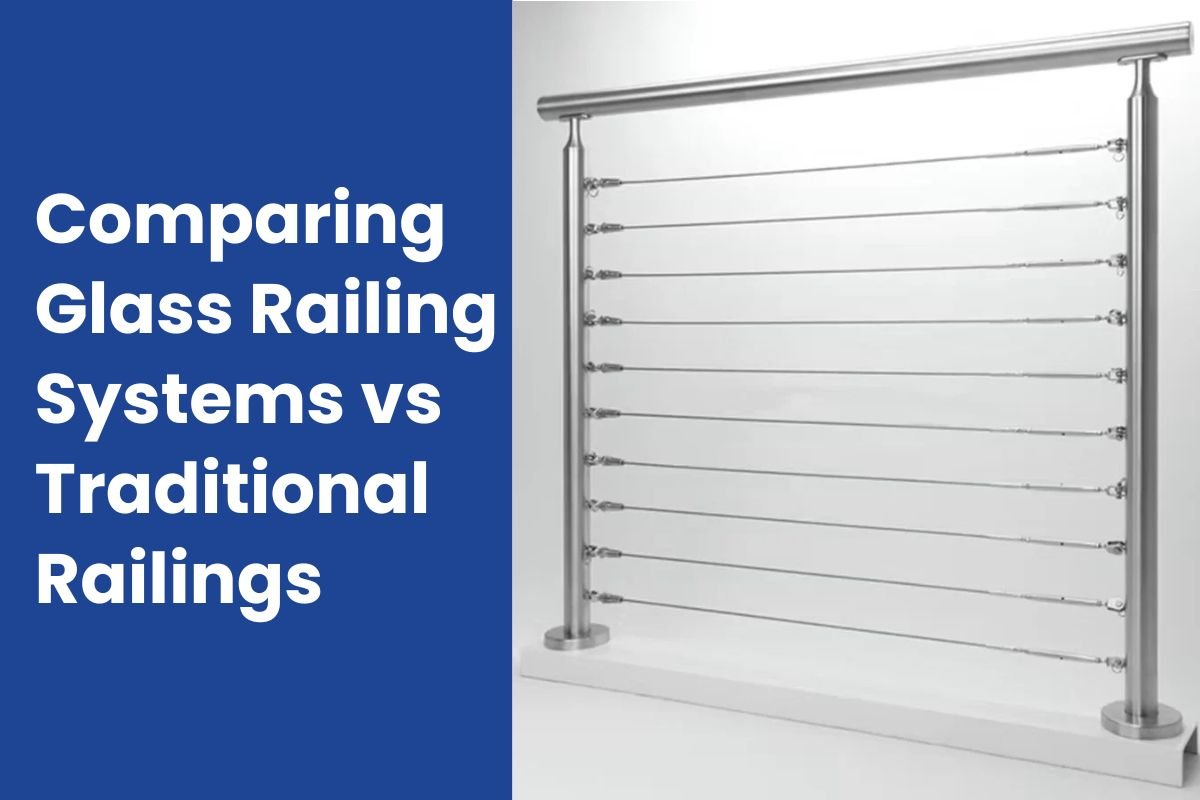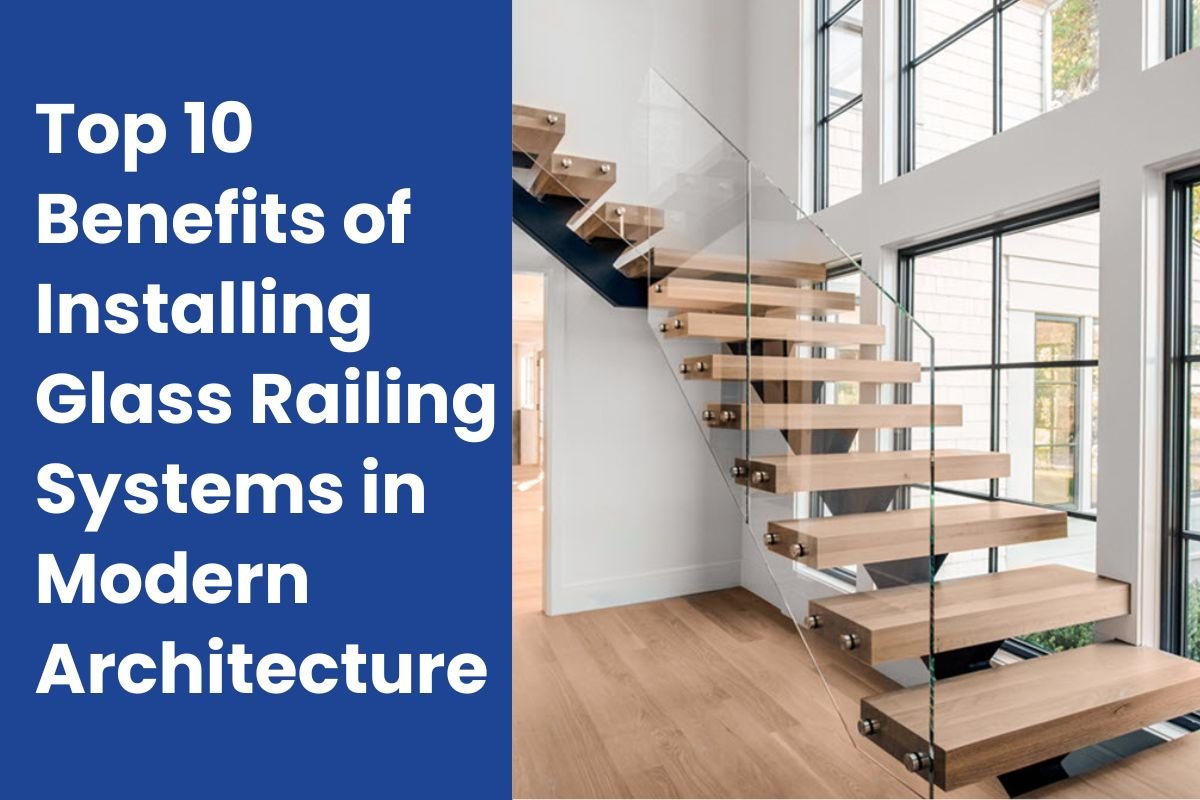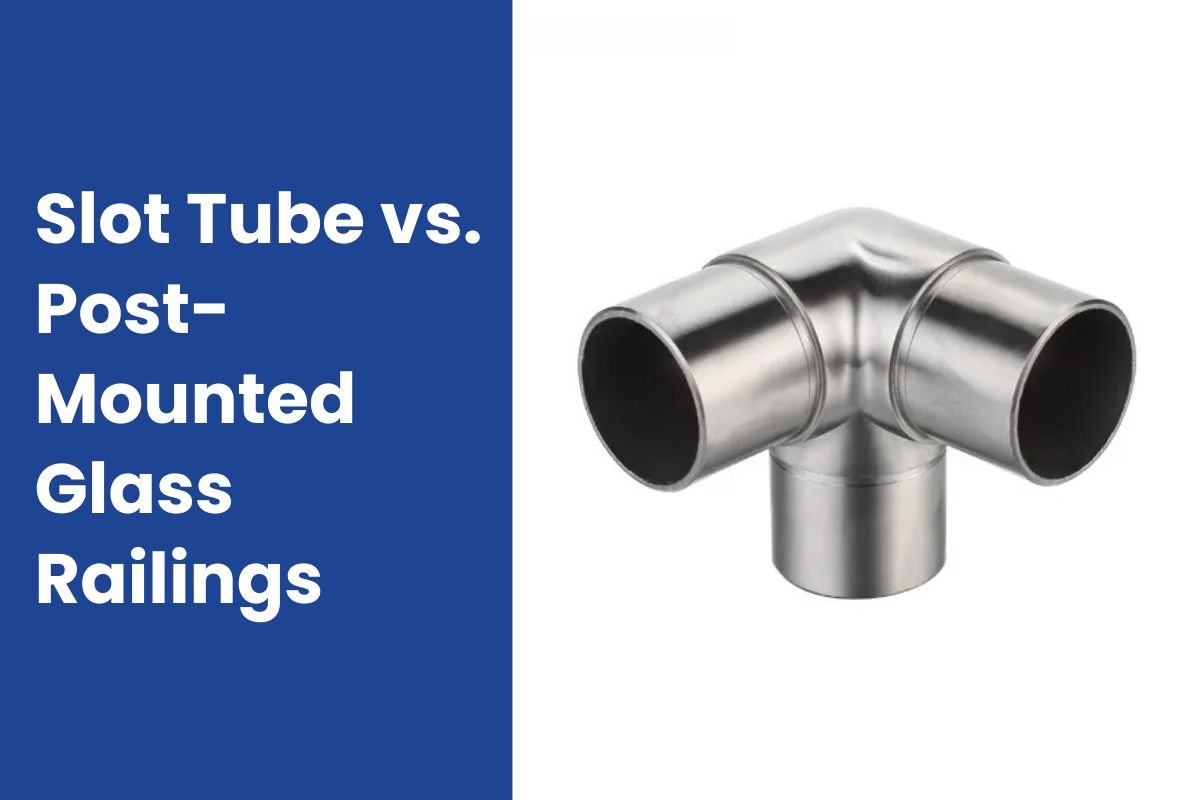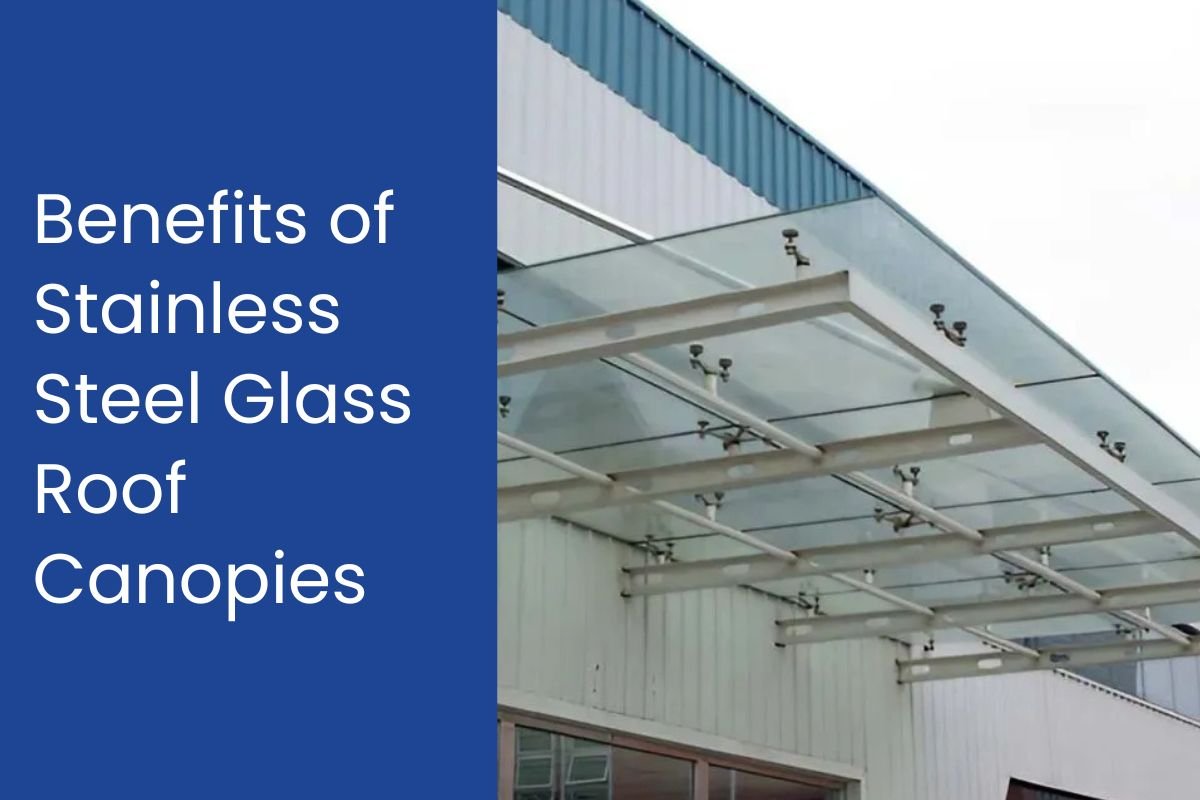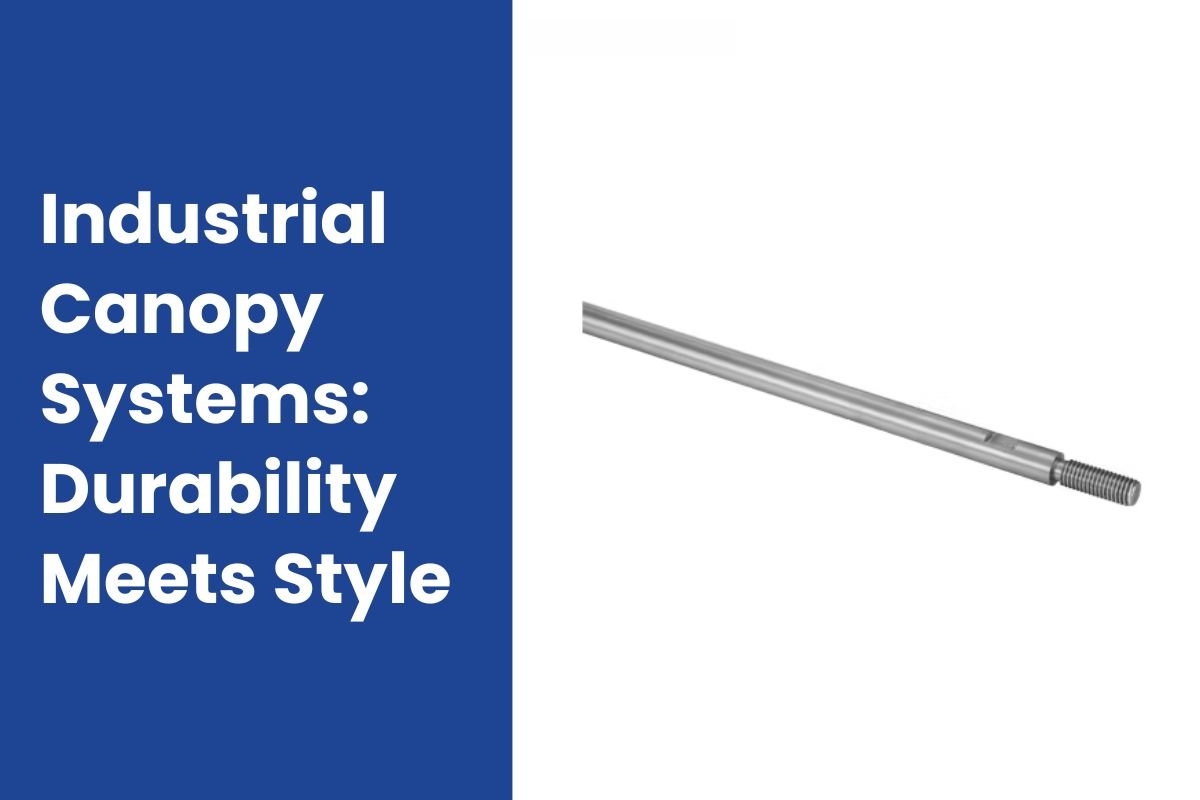Glass railing systems have gained immense popularity in recent years due to their sleek, modern appearance and ability to provide unobstructed views. They are typically made from tempered or laminated glass, ensuring durability and safety. On the other hand, traditional railings, which include materials like wood, metal, and wrought iron, have been used for centuries and are known for their classic and timeless appeal.
Both options serve the primary purpose of providing safety and support, but they differ significantly in terms of design, maintenance, and functionality. Let’s explore these differences in detail.
Understanding Traditional Railings
Traditional railings typically refer to systems made from materials like wood, wrought iron, or steel. They’ve been used for centuries, offering timeless beauty and structural reliability.
While they don’t have the same visual lightness as glass, they offer a classic appeal that suits rustic, vintage, or traditional architectural styles.
Common Types of Traditional Railings
- Wood Railings: Natural, warm, and versatile but require frequent maintenance.
- Wrought Iron Railings: Sturdy, artistic, and customizable, often seen in heritage homes.
- Steel or Aluminum Railings: Durable and corrosion-resistant, used for both indoor and outdoor projects.
Aesthetic Appeal: Modern Elegance vs. Classic Charm
Glass Railing Systems: Modern Elegance
Glass railings are synonymous with contemporary design. Their transparent nature allows for uninterrupted views, making them ideal for spaces with scenic surroundings, such as balconies, decks, and staircases. They create a sense of openness and can make smaller areas appear larger. Additionally, glass railings can be customized with frosted or tinted glass to add a touch of privacy while maintaining their modern aesthetic.
For those looking to enhance their space with a sleek and minimalist design, glass railings are an excellent choice. Explore our range of glass railing systems to find the perfect fit for your project.
Traditional Railings: Classic Charm
Traditional railings, on the other hand, exude a sense of timeless elegance. Materials like wood and wrought iron offer a warm and inviting look, making them a popular choice for homes with a rustic or vintage theme. Wooden railings can be stained or painted to match your interior or exterior decor, while wrought iron railings can be intricately designed to add a touch of sophistication.
If you’re drawn to classic designs, traditional railings might be the better option for you. Check out our product category for glass railing systems to compare and contrast with traditional options.
Durability and Maintenance: Longevity and Care
Glass Railing Systems: Low Maintenance, High Durability
One of the standout features of glass railings is their low maintenance requirements. Tempered glass is highly resistant to scratches, stains, and weather conditions, making it a durable choice for both indoor and outdoor use. Cleaning is as simple as wiping the glass with a damp cloth, and there’s no need for regular painting or sealing.
Moreover, glass railings are shatter-resistant, ensuring safety even in high-traffic areas. This makes them a practical option for homes with children or pets.
Traditional Railings: Regular Upkeep for Longevity
Traditional railings, especially those made of wood, require regular maintenance to keep them in good condition. Wooden railings need to be sanded, stained, or painted periodically to prevent rot, warping, and insect damage. Metal railings, while more durable, may require occasional rust treatment and repainting to maintain their appearance.
If you’re willing to invest time and effort into upkeep, traditional railings can last for decades. However, if you prefer a low-maintenance option, glass railings are the way to go.
Safety and Functionality: Ensuring Security
Glass Railing Systems: Safety Meets Style
Glass railings are designed with safety in mind. The use of tempered or laminated glass ensures that the railings are strong and shatter-resistant. Additionally, glass panels are typically secured with sturdy frames or clamps, providing a secure barrier without compromising on aesthetics.
For added safety, consider custom glass railing designs that incorporate handrails or additional support features.
Traditional Railings: Reliable and Sturdy
Traditional railings are known for their sturdiness and reliability. Materials like wrought iron and metal are inherently strong, providing a robust barrier that can withstand significant force. Wooden railings, while not as strong as metal, can be reinforced to enhance their durability.
Both glass and traditional railings meet safety standards, but the choice depends on your specific requirements and preferences.
Cost Comparison: Budget Considerations
Glass Railing Systems: A Premium Investment
Glass railings are generally more expensive than traditional railings due to the cost of materials and installation. However, their long-term durability and low maintenance requirements can offset the initial investment over time.
Traditional Railings: Cost-Effective Options
Traditional railings, particularly those made of wood, are more cost-effective upfront. However, the ongoing maintenance costs should be factored into your budget when making a decision.
For a detailed cost comparison, visit our guide on the ultimate comparison: cable railings vs glass railings.
Environmental Impact: Sustainability Matters
Glass Railing Systems: Eco-Friendly Choice
Glass is a recyclable material, making glass railings an eco-friendly option. Additionally, their energy-efficient properties can help reduce heating and cooling costs by allowing natural light to flow through your space.
Traditional Railings: Environmental Considerations
While traditional railings can also be sustainable, especially if made from reclaimed wood or recycled metal, they may require more resources for maintenance and upkeep.
Final Thoughts
When comparing Glass Railing Systems vs Traditional Railings, both have their merits. However, for the modern homeowner seeking style, durability, safety, and easy upkeep, glass railing systems stand tall as the preferred choice.
From enhancing natural light to creating a spacious and luxurious environment, they’re a smart investment that adds beauty and value to any property.
If you’re ready to transform your space, explore premium-quality options at uRailing.com or learn more through their detailed guides on railing designs.
For sourcing and inspiration, visit Unikim China’s railing collections and check out more examples on Unikim Railings YouTube Channel.
FAQs
1. Are glass railing systems safe?
Absolutely! They’re built using tempered or laminated safety glass that meets industry standards. Even if broken, the glass crumbles into blunt fragments, reducing injury risk.
2. Do glass railings require frequent cleaning?
Only occasionally. A quick wipe with glass cleaner or soapy water keeps them sparkling.
3. Can glass railings be used outdoors?
Yes! With stainless steel or aluminum fittings, they withstand all weather conditions.
4. Are traditional railings cheaper?
Initially, yes—but over time, maintenance costs for painting and repairs can make them more expensive.
5. How can I customize my railing design?
You can choose finishes, colors, and glass types at uRailing’s glass railing design page.
6. How do I contact a professional for installation?
Reach out directly to uRailing’s contact page for expert consultation and personalized solutions.

